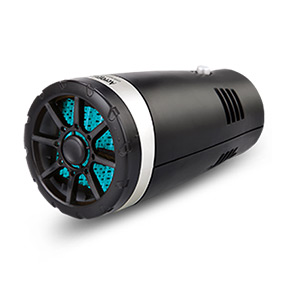Exploring the Benefits of Gear Cables for Smooth Bike Shifting Performance
Understanding Gear Cables A Key Component of Bicycle Performance
Bicycles, revered for their simplicity and efficiency, are intricate machines when it comes to their functioning. One of the vital components that enhance a bike's performance is the gear cable. Often overlooked by casual cyclists, gear cables play a significant role in ensuring smooth shifting between gears, ultimately affecting the riding experience. In this article, we delve into the importance of gear cables, their types, maintenance, and how they contribute to an enjoyable ride.
What Are Gear Cables?
Gear cables are thin yet sturdy wires that connect the shifters (located on the handlebars) to the derailleur (the mechanism that moves the chain from one gear to another). When a cyclist shifts gears, the shifter pulls or releases the cable, causing the derailleur to move and guide the chain into the desired gear. This simple mechanism is essential for adapting to varying terrains while riding, allowing cyclists to optimize their pedaling efficiency.
Types of Gear Cables
Bicycle gear cables come in various designs and materials, catering to different types of bikes and riding styles
. The most common types include1. Stainless Steel Cables These are the most widely used gear cables due to their corrosion resistance and durability. They offer reliable performance in various weather conditions, making them suitable for both road and mountain bikes.
2. Coated Cables Some cables are coated with materials like nylon or Teflon to reduce friction. This enhanced smoothness leads to quicker shifts and can prolong the lifespan of the cable.
3. Compression-Resistant Cables For bikes designed for extreme performance, such as racing or mountain biking, compression-resistant cables are essential. They maintain their integrity under heavy load and are less prone to fraying or breaking.
gear cables

4. Electronic Cables In the age of technology, electronic shifting systems are gaining popularity. These systems utilize cables in a somewhat different manner, connecting to battery-operated derailleurs for precise gear changes at the push of a button.
Maintenance of Gear Cables
To keep your bike performing at its best, proper maintenance of gear cables is crucial. Regular inspection is essential to identify signs of wear and tear, which, if left unaddressed, can lead to poor shifting performance. Here are some maintenance tips
- Keep it Clean Dirt and grime can accumulate on cables, affecting their performance. Wiping down exposed portions of the cable regularly and cleaning the shifter and derailleur can prevent unwanted buildup.
- Lubrication Applying a suitable lubricant ensures that the cable moves smoothly within its housing. However, it’s important to use the right type of lubricant that won’t attract excessive dirt.
- Check for Fraying Periodically inspect the cables for signs of fraying or damage, especially at the cable ends where they often endure the most wear. If you notice any fraying, it’s time to replace the cable.
- Adjust Tension If the bike shifts poorly or inconsistently, you may need to tune the cable tension. Most shifters have a barrel adjuster that allows for fine-tuning.
Conclusion
In conclusion, while gear cables may seem like a small component of a bicycle, their impact on performance should not be underestimated. By ensuring that gear cables are properly maintained and replaced when necessary, cyclists can enjoy a smoother and more efficient ride. Whether you're a casual rider or an avid cyclist, understanding the role of gear cables can enhance your cycling experience, allowing you to navigate various terrains with ease. Remember, it’s the little things that often make the biggest difference in the world of cycling.
-
Workings of Clutch Pipe and Hose SystemsNewsJun.04,2025
-
The Inner Workings of Hand Brake Cable SystemsNewsJun.04,2025
-
The Secrets of Throttle and Accelerator CablesNewsJun.04,2025
-
The Hidden Lifeline of Your Transmission Gear Shift CablesNewsJun.04,2025
-
Demystifying Gear Cables and Shift LinkagesNewsJun.04,2025
-
Decoding Clutch Line Systems A Comprehensive GuideNewsJun.04,2025
